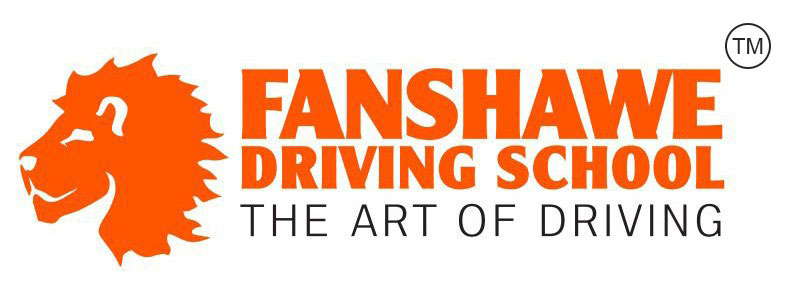There’s no question that if you drive more economically, it will help more than your fuel savings and help to keep your money in your wallet. It can also help reduce many of the costs of vehicle maintenance, and it can help you to become a safer driver. Here are a few tips to help you drive more economically.
After you’ve stopped at a stop sign or a red light and it’s time to move again, apply smooth, gradual pressure on the accelerator as you get up to cruising speed. It will help you maintain the best fuel consumption. Pressing the accelerator harshly while quickly getting up to speed wastes fuel. If you do that over several stop signs and when the red lights change to green, it can use up your fuel. Accelerating smoothly and gradually will also allow you to create a safe following distance from the vehicle ahead of you.

Looking well ahead will allow you to read the traffic pattern to notice when the traffic ahead begins to slow down. By slowing early when you see vehicles ahead of you begin to slow down, you may avoid having to come to a full stop before needing to accelerate again. You use up more fuel moving the vehicle from a dead stop compared to moving it up to speed if the vehicle has only slowed down to roughly 20 km/h.
Slowing early can also mean less wear on the brakes. This can save you in the vehicle maintenance section, which allows you to save your money for things you enjoy doing instead of having to repair the vehicle. The added benefit of slowing early means you may not have to touch the brakes yet. This means no added brake wear.
If you can plan your route to drive on roads posted at 60 km/h or more, it would allow the engine to work more efficiently. Planning your route is an important part of saving fuel, including avoiding driving in rush and heavy traffic. Lighter traffic means less stop and go situations. The consistent speed you are traveling also improves your fuel economy.
We know the right lane is the driving lane and the left lane is the passing lane, but driving in the driving lane all the time can slow you down. You may have to stop behind a bus as it unloads or picks up passengers and that quickly wastes fuel. Driving in the passing lane constantly as drivers tend to turn left can also waste fuel. Instead, choose the lane that flows the best. Be open to changing lanes as needed to avoid stopping too often. Early lane changes can be done smoothly without slowing much at all.

